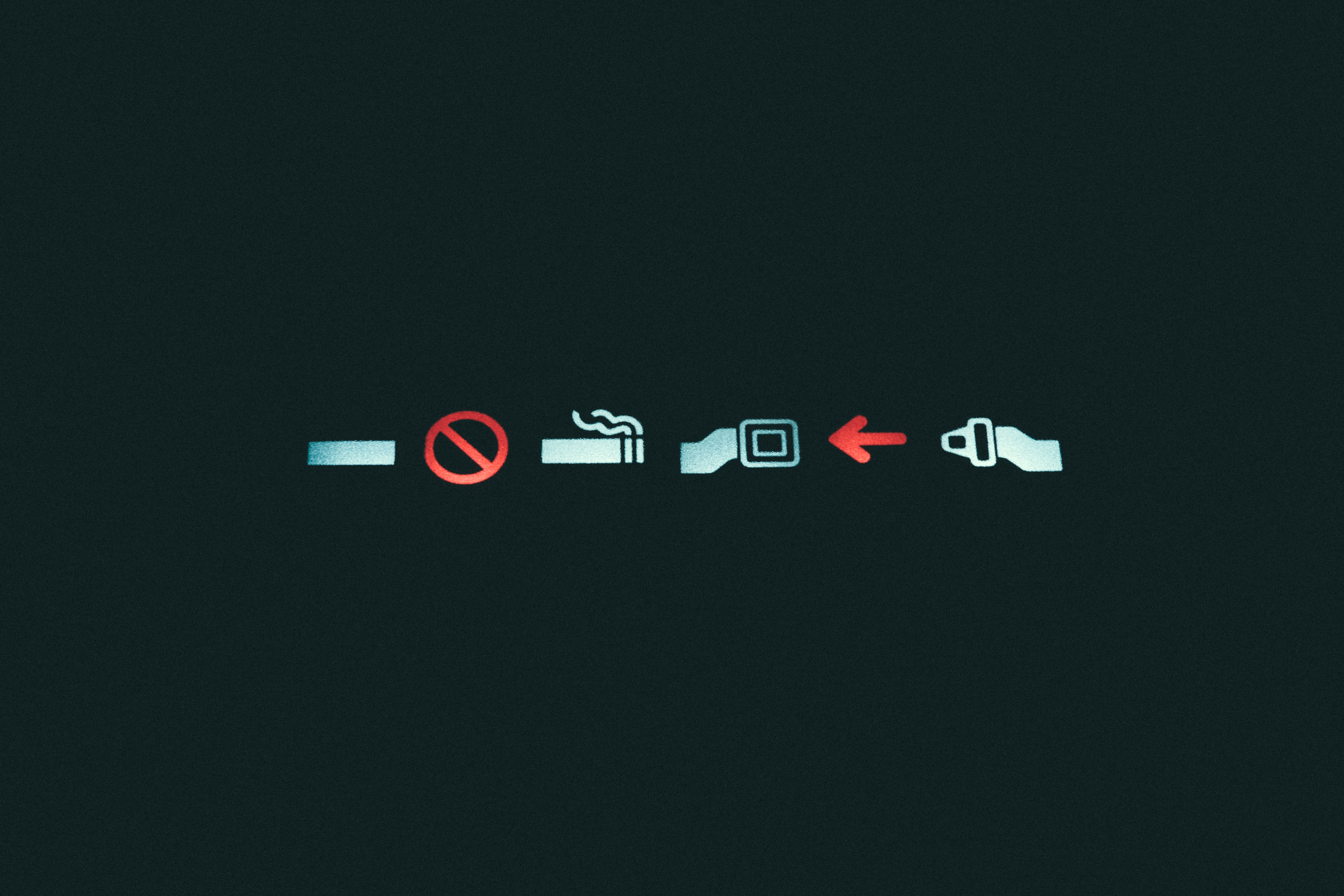Webinars are another way the internet is being utilized to connect people in ways that were impossible just decades ago. But they do come with some important rules. Similar to a seminar, webinars require a certain amount of etiquette that can result in the success or failure of a presentation, workshop, or lecture.
Table of Contents
The Do’s and Don’ts of Webinars
When you are engaged in webinar, there are a few things you should and should not do in order to stay professional and have a successful event.
Do Create an Appropriate Blueprint
When creating a webinar, you need to have a suitable outline. This simply means that your blueprint includes the purpose, message, key points and the flow of the presentation. Once your blueprint is in order, you can begin filling it in with the proper content.
Do Send Emails
Remember that only a few people will respond to the initial email and your webinar may not have the desired attendance amount. So make sure you have some reminders handy – send them a week before the event, the day before and on the big day. You’ll increase the awareness as well as webinar registration.
Do Include Graphics and Visuals
Increase the interest in your presentation, workshop or lecture by adding graphics and visuals within your webinar. This is not to say that it should be consumed with it, but it should contain enough to hold interest.
Don’t Go Over Time
The average time of a webinar is 30-45 minutes. It is important to understand that your audience may be on a tight schedule, so however long you have scheduled your content to, fit it to the amount of time promised in the original promotion material.
Don’t Ignore Audio Issues
Nothing is more distracting then poor audio. Not only is it a turn off for your audience, but it also compromises how your presentation is received. If your voice, videos, or other auditory content is faulty, it may turn your audience away and cost you business. Fix this problem by using land lines with hand and headsets as the audio quality is always pristine.
Don’t Overuse Text
A dry presentation is one filled with lots of texts your audience has to read through. If text is needed, balance it out with something attention grabbing like figurative language, a great hook, or innovative visuals.






